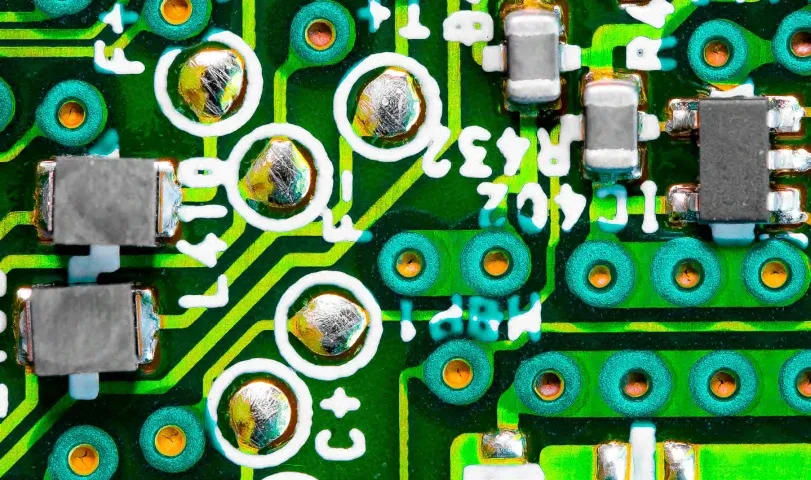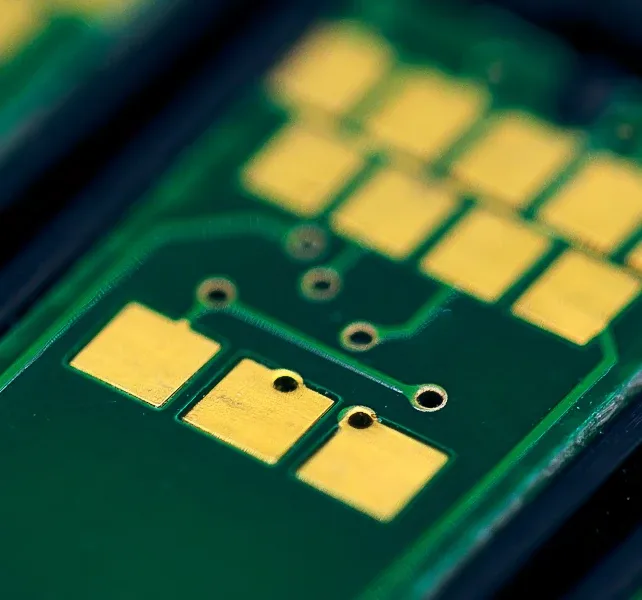When comparing HASL (Hot Air Solder Leveling) and ENIG (Electroless Nickel Immersion Gold) surface finishes for PCBAs (Printed Circuit Board Assemblies), it's essential to consider their unique features and applications. Here's an overview of insights into the HASL vs ENIG debate:
-
HASL (Hot Air Solder Leveling):
- Cost-Effectiveness: HASL is generally more cost-effective than ENIG, making it a preferred choice for projects with budget constraints.
- Solder Joint Reliability: It provides robust solder joints, suitable for through-hole components and traditional assembly processes. However, it may not be suitable for fine-pitch components due to uneven surface coverage.
- Thermal Endurance: HASL offers good thermal endurance, making it suitable for applications with moderate temperature requirements.
-
Lead-Free Applications: Lead-free HASL options are available, ensuring compliance with environmental regulations such as RoHS (Restriction of Hazardous Substances).

-
ENIG (Electroless Nickel Immersion Gold):
- Excellent Solderability: ENIG offers excellent solderability and a flat surface finish, making it ideal for fine-pitch components and surface-mount technology (SMT) assembly.
- Corrosion Resistance: The gold layer provides exceptional corrosion resistance, making ENIG suitable for applications exposed to demanding environmental conditions.
- Wire Bondability: It facilitates wire bonding processes commonly used in semiconductor packaging, making it ideal for high-frequency applications.
-
Uniform Coating and Shelf Life: ENIG provides a uniform coating and has a longer shelf life compared to HASL, contributing to improved consistency and reliability.

In summary, while both HASL and ENIG surface finishes have their strengths, the choice between the two depends on specific project requirements, including component types, assembly processes, environmental conditions, budget constraints, and regulatory compliance. Understanding the unique characteristics of each surface finish will enable informed decisions for optimizing the performance and reliability of PCBAs.
